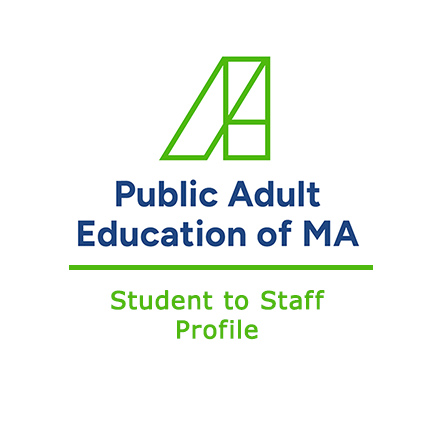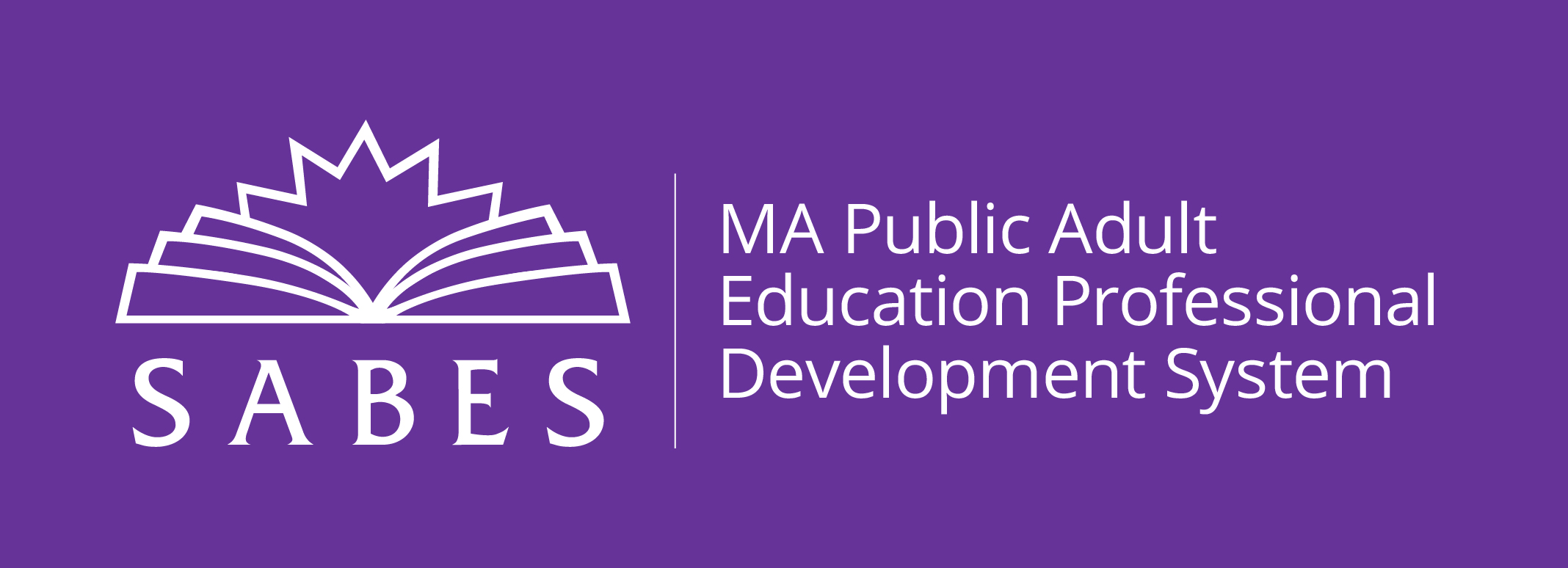
Culturally Responsive Teaching (CRT) can be difficult to define.
Academic achievement, cultural competence, and sociopolitical awareness are its three key components. Ultimately, CRT "should connect in-school learning to out-of-school living; promote educational equity and excellence; create community among individuals from different cultural, social, and ethnic backgrounds; and develop students' agency, efficacy, and empowerment" (Gay, 2013).
When we take notice of the rich tapestry woven within our students—their heritage, their languages, their talents and abilities, and their unique experiences—we see how much we might miss that sits just below the surface. Digging deeper to create relevant and representative math scenarios and word problems often moves us outside our comfort zones of how we learned math and how we’ve been teaching math for so long.
To help us see what’s possible in reshaping math instruction for those who frequently struggle both to see themselves as students of math and to see their lives reflected in those mathematical explorations, imagine yourself as one of the marginalized populations who often go underserved in traditional educational settings and who often are categorized based on what seem to be deficits despite their many strong assets. If this description applied to you as a student, what can you do now as a teacher?
Which of these types of learning experiences would you rather have?
|
Lessons that rely heavily on textbooks and resources where you are rarely engaged in learning experiences |
OR |
Lessons that consistently engage you in learning experiences that enable all students to make evidence-based claims and arguments |
|
Individual lessons disconnected from complete units of instruction that are not aligned with the standards required for all learners in your state, lack opportunities to engage you and your classmates, and frequently include tasks that mostly rely on non-challenging thinking skills |
OR |
Well-structured lessons with purposeful questioning and challenging tasks that engage you, so that you can learn and apply in authentic contexts the knowledge and skills defined by your state’s standards |
|
Instructional practices that leave you uninvolved and/or as a passive participant in the content of the lesson |
OR |
Instructional practices that motivate and engage you in the content of the lesson and independent work |
|
Instruction that uses limited and/or inappropriate practices for accommodating differences in your learning needs, abilities, interests, and levels of readiness |
OR |
Instruction that addresses your learning needs, abilities, interests, and levels of readiness by creating structured opportunities for you to succeed and using a variety of appropriate inclusive practices, such as tiered supports and scaffolded instruction |
|
Would you rather have… |
||
|
an Unsatisfactory learning experience? |
OR |
an Exemplary learning experience? |
Adapted from the "Culturally Responsive Teaching Overview" on p. 1 of the "Culturally Responsive Look-Fors" resource and the “Model Classroom Teacher Rubric” found on the same resource.
The SABES Math PD Center is Ready to Dig Deeper with You
As Anne Frank noted, "How wonderful it is that no one has to wait, but we can start right now to gradually change the world!" We at the SABES Math & Numeracy Center are working to change the way our teachers and students see and experience math so that all our learners have equitable representation and access to high-quality, culturally responsive instruction. To this end, we're ensuring our workshops and materials incorporate student voices, perspectives, and contexts that matter to their communities to make things a little easier for you and the amazing work you already do with your students.
To support the process, participants also will draw from the reference document The Crucial Cs: A Frame for Thinking About Classroom Culture. This resource more specifically identifies that to thrive in the classroom and in life, there are certain needs that every person has. Each of us needs to have close relationships with others, to feel valued in our communities, and to have a sense of control over our lives. Adults who do not participate in a classroom community in positive ways may be lacking in one or more important internal certainties. These four vital protections are called the Crucial Cs: Connect, Capable, Count, Courage.
Want some help creating that exemplary learning experience you want your students to have? We’re here for you. All you have to do is contact us (adultnumeracy@terc.edu) should you need math teaching support or inspiration. We welcome your questions, PD requests, ideas, and individual coaching needs. We hope to see you soon!
Resources:
- Diversity, Equity, and Inclusion in Math: math-related DEI resources
- Culturally Responsive Teaching (CRT) from Massachusetts DOE
- Equity: Noticings and Wonders: a blog by Berkeley Everett, who invests his time and talents to make math more accessible to all learners and teachers
- ANN (Adult Numeracy Network), Social Justice & Math Home


